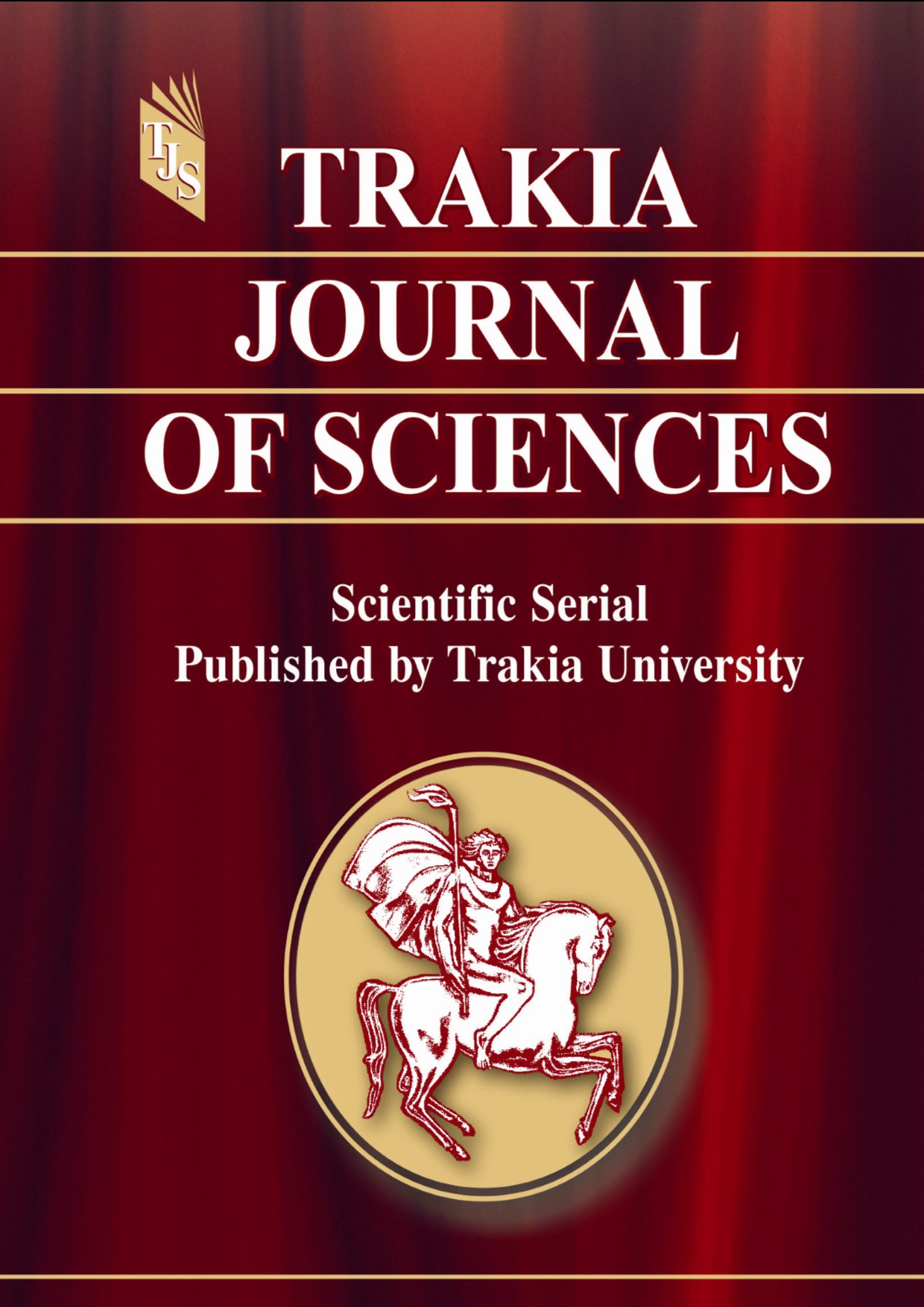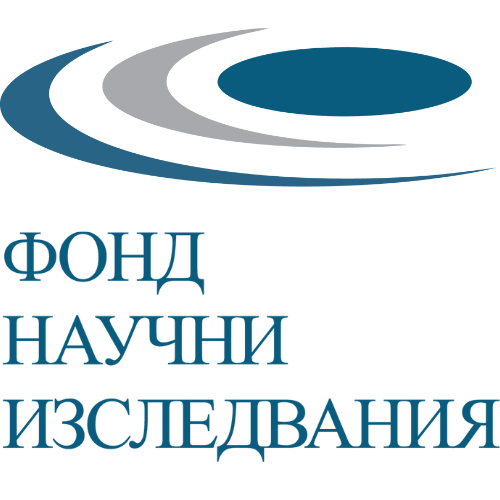STUDY ON THE STABILITY AND POSITIONING OF THE SHOULDERS ON THE POINTS AND ACCURACY IN ARCHERY
DOI:
https://doi.org/10.15547/tjs.2025.s.02.032Keywords:
archer’s stability, preparedness, technical preparationAbstract
The structure of competitive archery is part of a highly coordinated group of sports. Purpose: to examine the technical readiness of Bulgarian archers concerning shoulder stability and positioning. Methods: The study involved 18 archers. The Noraxon U.S.A., Inc. Mio Motion (2014) devices were used to measure shoulder stability and position during six indoor shots at 18 m. The following angular parameters were considered: Shoulder Total Flexion, RT Shoulder Total Flexion, LT Shoulder Flexion, RT Shoulder Flexion, LT Shoulder Abduction, RT Shoulder Abduction, LT Shoulder Rotation–out, and RT Shoulder Rotation–out. The data were analysed mathematically using descriptive statistics and correlation analysis. Results: Descriptive statistics show that some parameters are highly variable—LT Shoulder Rotation–out and RT Shoulder Rotation–out. Shoulder rotation–out stability is essential for the technical preparedness (points and accuracy) of archers. Discussion: This research provides evidence that the factors studied regarding an archer's readiness can more precisely refine and stabilise their performance.
References
Hemara, C., Ketkan, P., Singchainara, J., & Santiboon, T. T., Efficient archery posture training analysis of archery performances for the talent development and excellence achievements. International Journal of Human Movement and Sports Sciences, 9(6), 1435–1446, 2021. https://doi.org/10.13189/saj.2021.090640
Gombozhapova, K.-T. D., Individual peculiarities of the level of special physical preparedness of archers. Bulletin of the Buryat State University, vol. 13, 2015, pp. 33–38, 2015.
Lee, J., & Hwang, S., Aim high, hit ×10: Psychological strategies driving the success of South Korean archers. Frontiers in Psychology, 15, 2025. https://doi.org/10.3389/fpsyg.2024.1482897
Leroyer, P., Van Hoecke, J., Helal, J. N., Biomechanical study of the final push-pull archery. Journal of Sports Sciences. Vol. 11(1). pp. 63−69, 1993.
YiChieh Chen, TsungMin Hung. Effects of Precompetition Cognitive Anxiety on Attention and Emotion During Archery Performance. International Journal of Psychopharmacology, 2010.
Soylu A. R., Ertan H., Korkusuz F., Archery performance level and repeatability of event-related EMG. Human Movement Science. Vol. 25, is. 6. pp. 767–774, 2006.
Antonov, S., Briskin, Y., Perederiy, A., Pityn, M., Khimenes, K., Zadorozhna, O., Semeryak, Z., & Svystelnyk, I., Improving technical preparedness of archers using directional development of their coordination skills on stage using the specialized basic training. Lviv State University of Physical Culture, Lviv, Ukraine, 2017. https://doi.org/10.7752/jpes.2017.01039
Mukholid, A., Liskustyowati, H., Sabarini, S. S., Nugroho, D., & Putro, B. N. Analysis identification of the dominant physical needs of archery athletes. Jurnal Sport, 10(4), 2025. https://doi.org/10.29407/js_unpgri.v10i4.23491
Lachance, A., O'Brien, B., Jonas, M. E., Constantino, J., Patel, M., Moravec, A., Calcavecchio, A., & Choi, J. Y., Archery after reverse total shoulder arthroplasty. Journal of Orthopaedic Reports, 3(3), 2024. https://doi.org/10.1016/j.jorep.2023.100304
Zawi, K., & Mohamed, M. N., Postural sway distinguishes shooting accuracy among skilled recurve archers. The Online Journal of Recreation andSport,2(4),2013.
https://www.tojsat.net/journals/tojras/articles/v02i04/v02i04-05.pdf

Downloads
Published
Issue
Section
License

This work is licensed under a Creative Commons Attribution-NonCommercial 4.0 International License.


